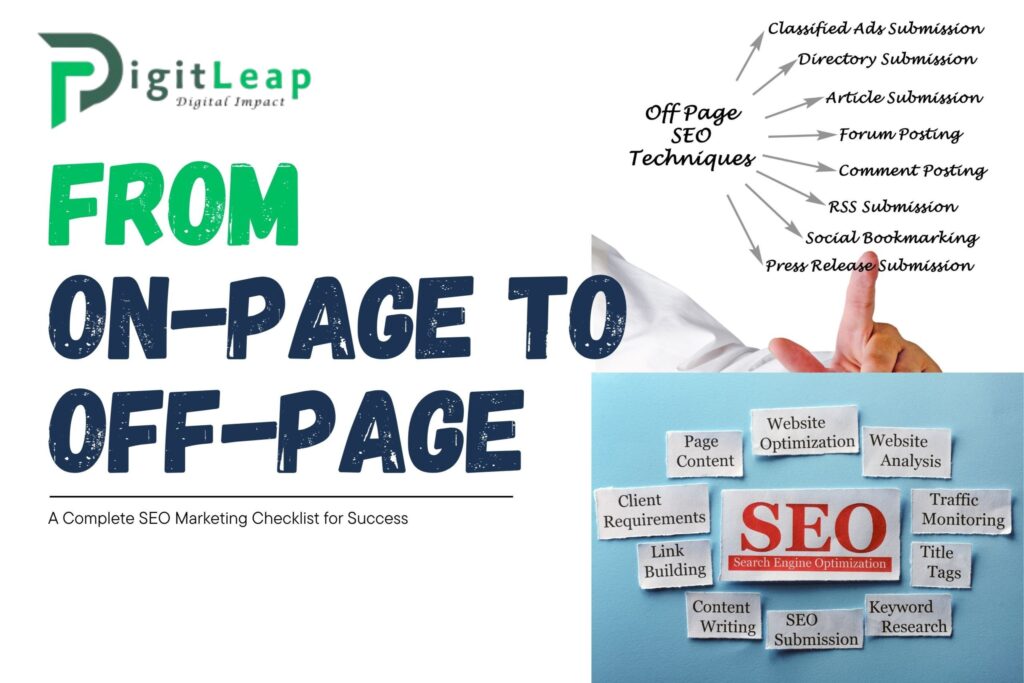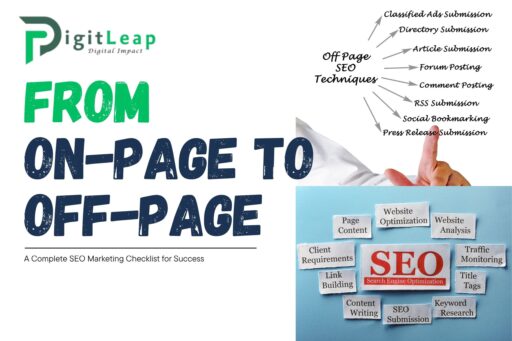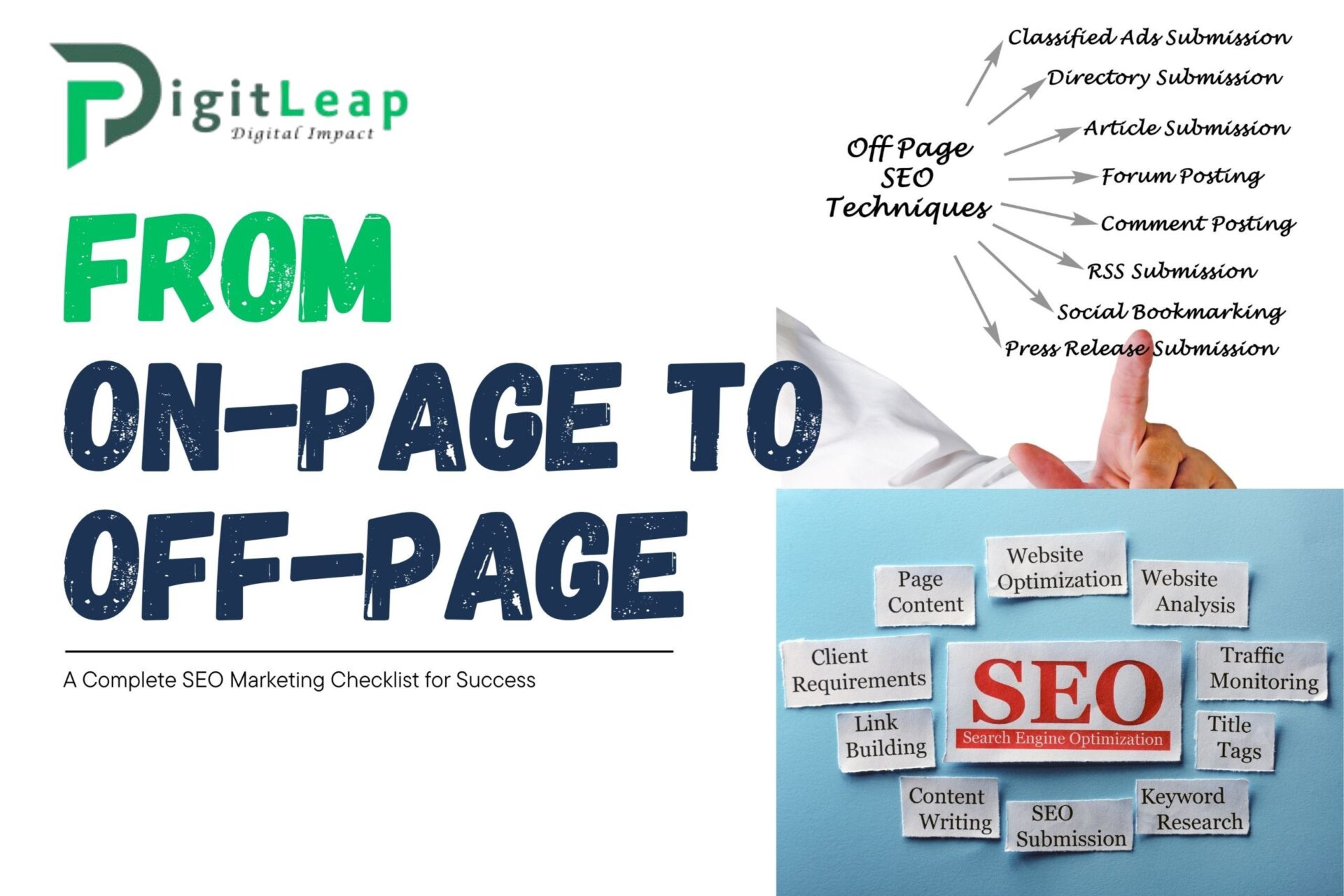From On-Page to Off-Page: Your Friendly SEO Marketing Checklist for Success
Navigating the world of SEO can feel like a lot of work, but breaking it down into manageable steps can make all the difference. Here’s a straightforward checklist to help you cover both on-page and off-page SEO, ensuring your website gets the visibility it deserves.

On-Page SEO Essentials
1. Craft Clear Title Tags and Meta Descriptions
Start with unique, concise title tags (50-60 characters) and engaging meta descriptions (150-160 characters) for each page. This not only helps search engines understand your content but also entices users to click.
2. Structure Your Content with Headers
Organize your content using header tags (H1, H2, H3). Your H1 should clearly state the page’s main focus, while subheadings break up the text, making it easier to read. Naturally include your keywords to boost relevancy.
3. Keep Your URLs Simple and Descriptive
Create clean, memorable URLs that reflect the content of the page. This helps both users and search engines navigate your site more efficiently.
4. Publish High-Quality, Engaging Content
Focus on writing content that is informative, engaging, and valuable to your audience. Avoid keyword stuffing; instead, integrate keywords naturally and keep your content updated to maintain relevance.
5. Optimize Images
Ensure images are compressed for faster load times. Use descriptive file names and alt text to help search engines understand what the images represent, which can boost your rankings.
6. Strengthen Internal Linking
Link related content throughout your website to guide visitors and distribute page authority. Use meaningful anchor text so users know what to expect when they click.
Technical SEO Basics
1. Improve Site Speed
A fast website is crucial. Compress files, leverage browser caching, and consider using a Content Delivery Network (CDN) to ensure your pages load quickly, especially on mobile devices.
2. Ensure Mobile-Friendliness
With more people browsing on their phones, a responsive design is a must. Test your site on various devices to make sure it looks great and functions well everywhere.
3. Use Structured Data
Implement schema markup to give search engines a clearer picture of your content. This can help you earn rich snippets, making your search results more attractive to potential visitors.
Off-Page SEO Strategies
1. Build Quality Backlinks
Focus on earning links from reputable websites. Reach out for guest posts, build relationships with industry influencers, and share content that others find valuable enough to link to.
2. Engage on Social Media
Promote your content on social media platforms to expand your reach and build your brand. Social signals might not directly affect rankings, but they boost your online presence and drive traffic.
3. Optimize for Local SEO
If you’re targeting a specific region, ensure your business information is accurate on local listings and directories. Positive customer reviews and localized content help improve local search rankings.
Continuous Improvement
Monitor, Analyze, and Adapt:
Use tools like Google Analytics and Google Search Console to track your performance. Regular audits will help you spot opportunities and fix issues before they affect your rankings.
Final Thoughts
SEO is not a one-time task—it’s an ongoing journey. By focusing on both on-page and off-page strategies, you build a solid foundation for your website’s success. Keep things simple, review your progress regularly, and don’t be afraid to experiment with new techniques.
Stay friendly, stay focused, and watch your website climb the search rankings!






